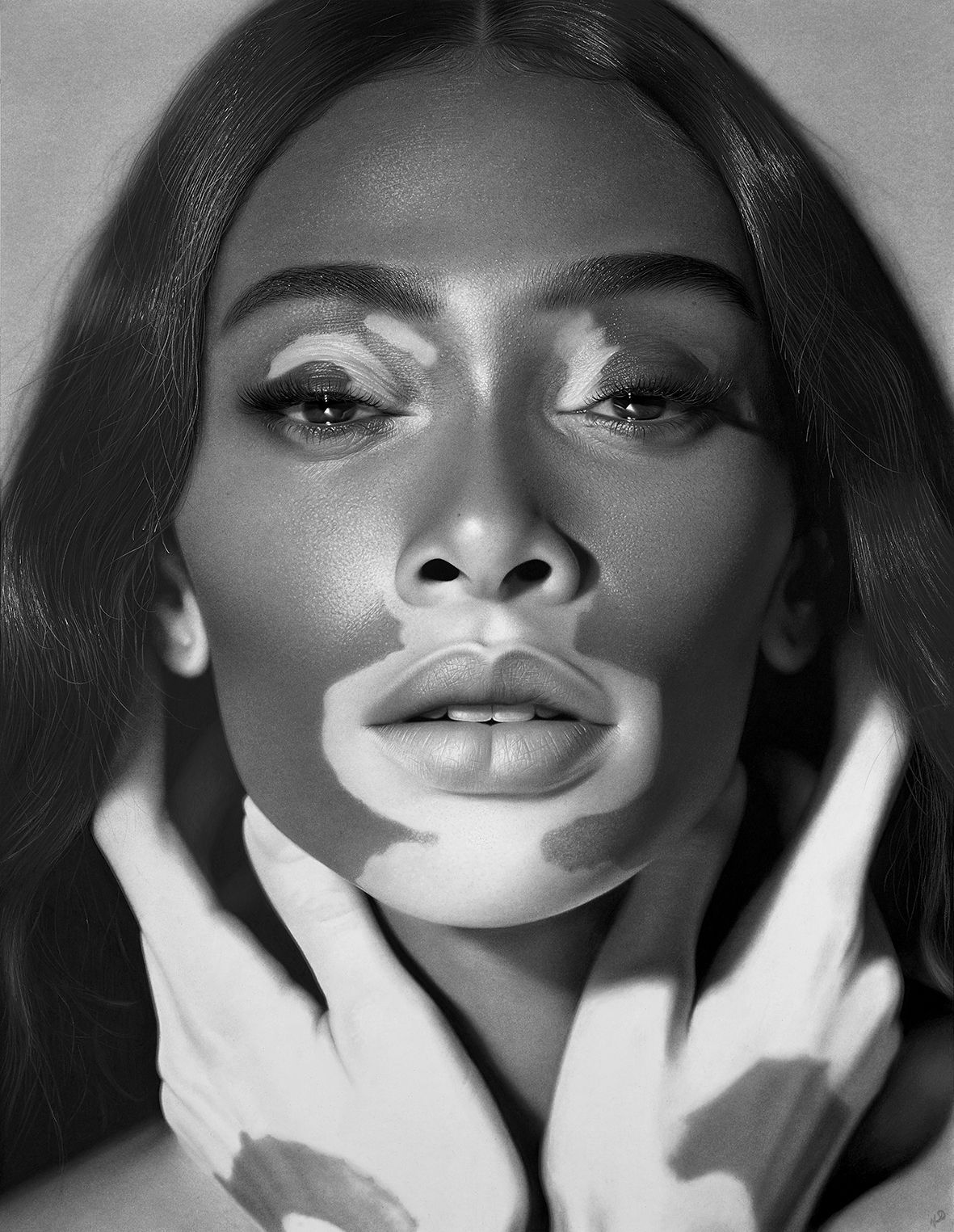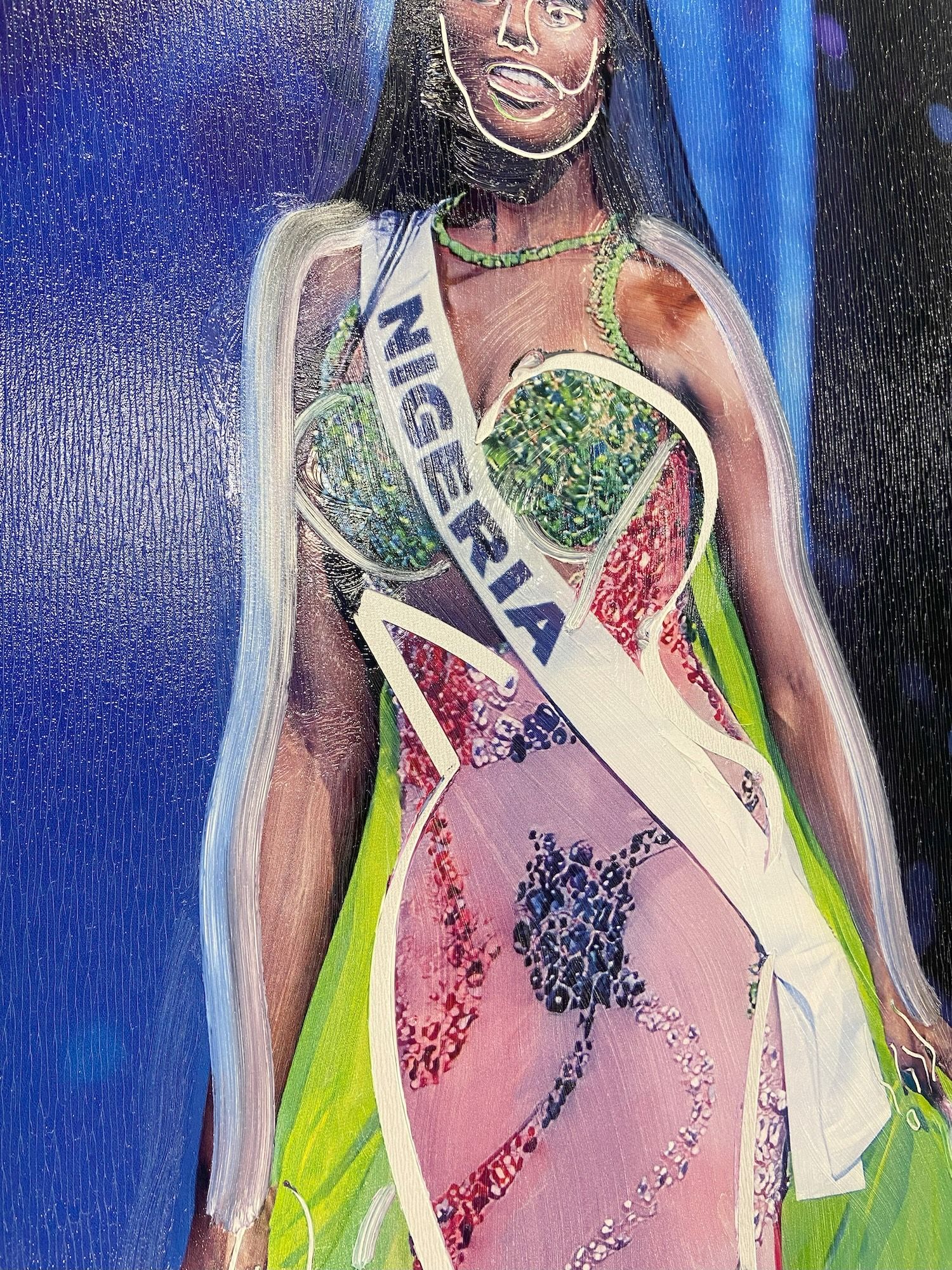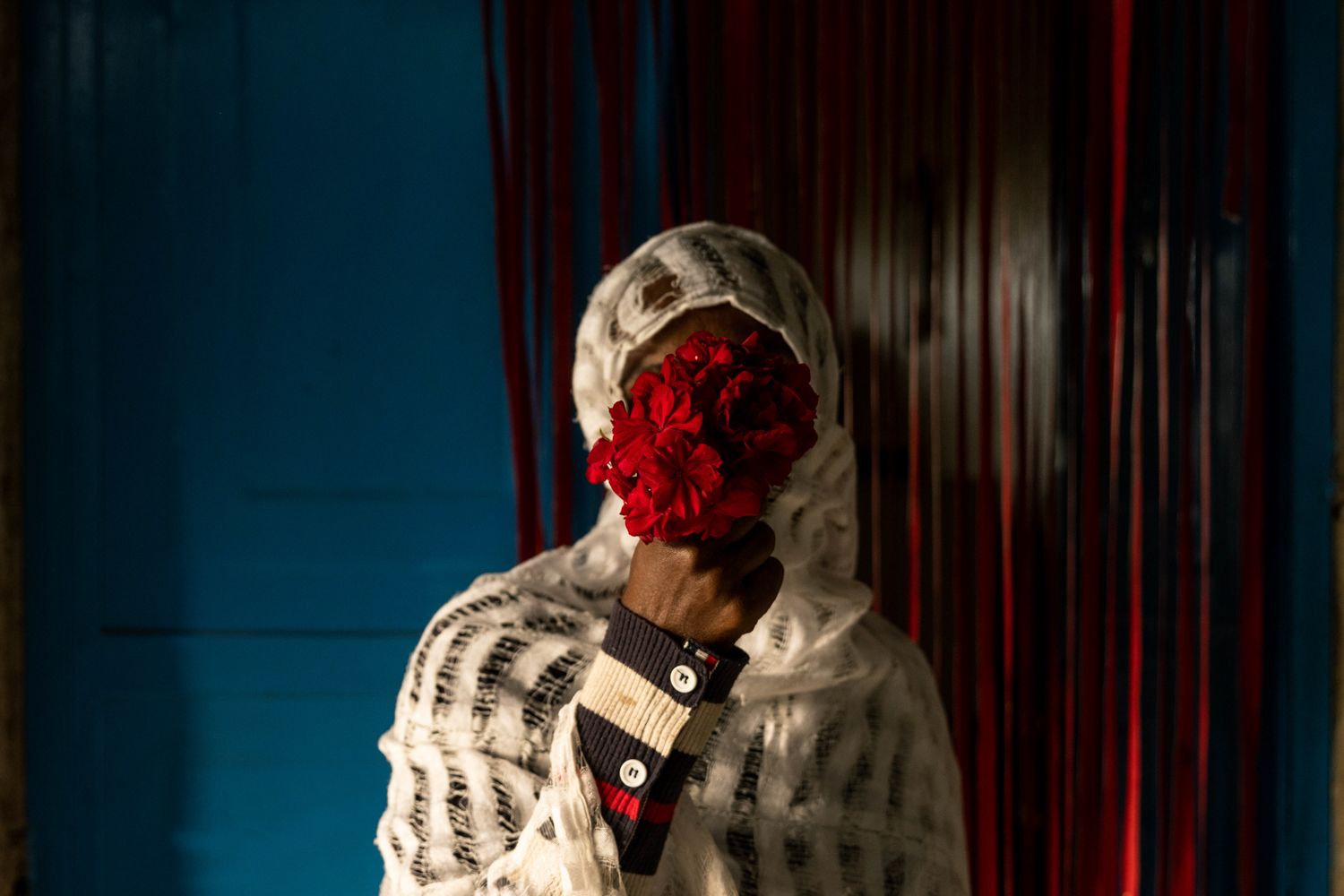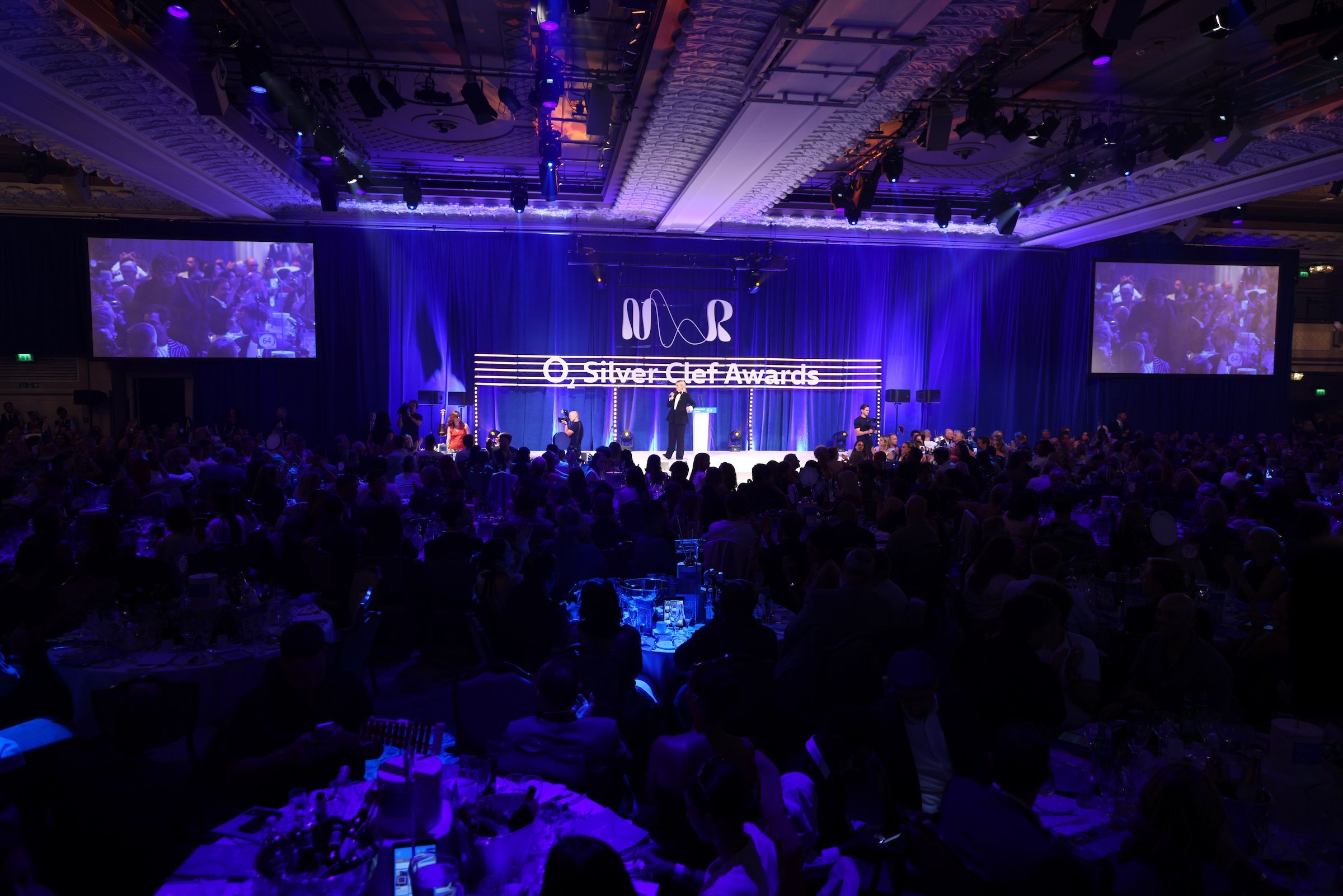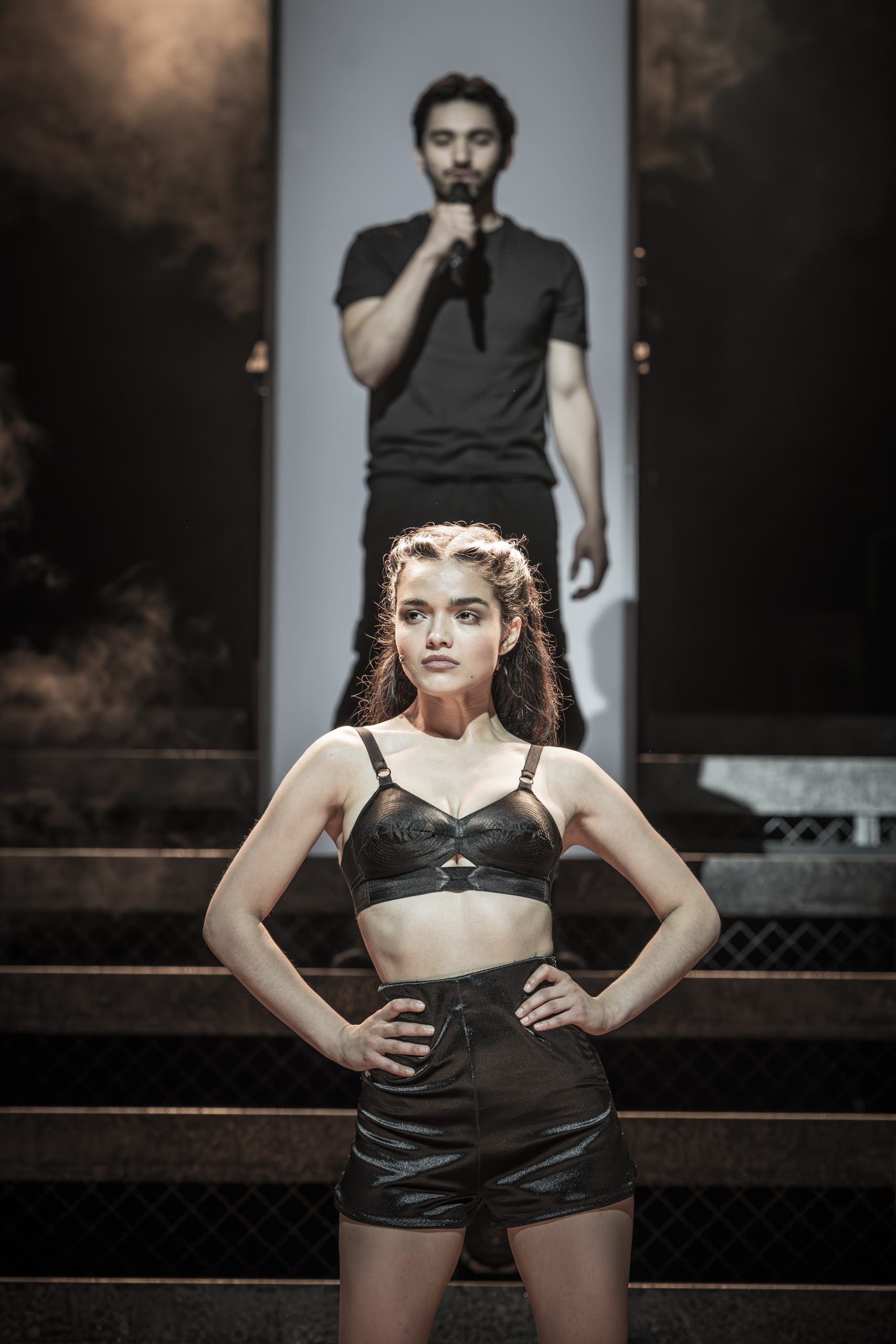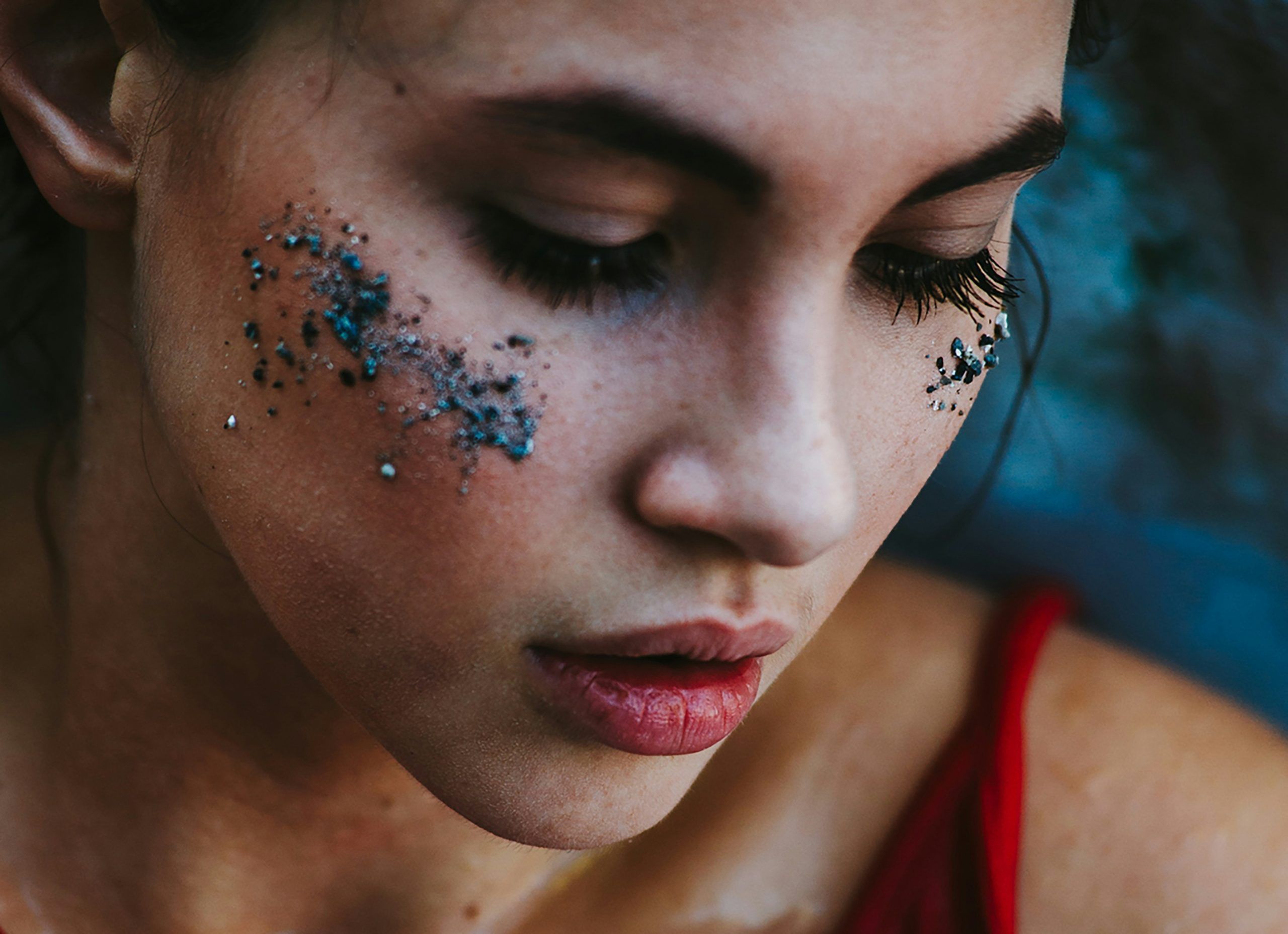With the Elizabeth line due to open in December, the Whitechapel Gallery teams up with Crossrail to present Art Capital. The exhibition – curated by gallery director Iwona Blazwick – brings together nine renowned artists’ preparatory studies for artworks soon to be displayed publicly along the route of London’s newest railway
Stretching over 60 miles, the 2018 launch of the Elizabeth Line is expected to provide a major boost to the English capital’s transport system. If improving journey times across the city weren’t enough, the line is also set to offer millions a riveting distraction from the ennui of their daily commute with its landmark collection of public art.

Together with some of London’s most prominent art galleries and a reputable group of art-world representatives, the Crossrail Art Foundation – a registered charity funded with support of the City of London Corporation – is delivering one of the most ambitious collaborative public art commissions to date: the Crossrail Art Programme. The work of nine internationally acclaimed artists, including Yayoi Kusama and Conrad Shawcross, will be permanently on display at seven stations along the route to brighten the journey of commuters and tourists.
To provide an overview of the Crossrail artworks, the Whitechapel Gallery – which is contributing to the Programme with a work by London-based artist Chantal Joffe – is holding Art Capital: Art for the Elizabeth Line, an exhibition that gathers together prototypes, sketches and maquettes to trace the process by which the artists’ initial concepts have been translated into the final artworks. To find out more about Art Capital and to get a unique insight into the artistry of the soon to open Elizabeth Line, we met gallery director Iwona Blazwick who kindly agreed to answers our questions.
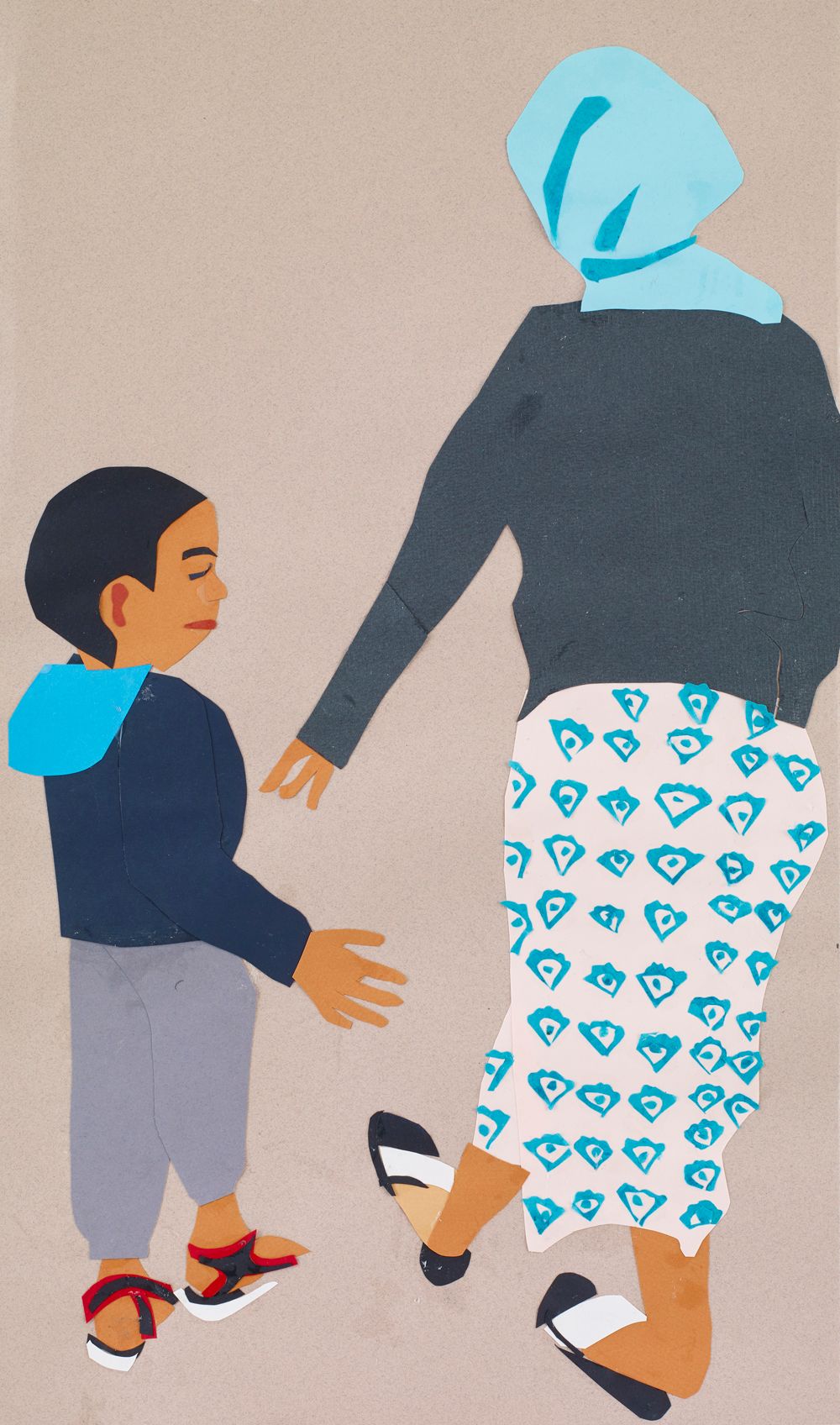
Regarded worldwide as one of London’s most prestigious public art institutions, the Whitechapel Gallery has established itself as a thriving cultural hub and a focal point for the local community through a compelling programme of exhibitions and educational events. Art Capital: Art for the Elizabeth Line in conjunction with the Crossrail Art Programme, ties in with the gallery ethos to promote the appreciation and understanding of contemporary art to an ever wider audience.
So how did the Whitechapel Gallery become involved in the Programme – and how did Art Capital come about?
Of the seven stations on the Elizabeth Line Whitechapel was the orphan with no commissioning agent and no patron. Stephen Deuchar from the Art Fund suggested that the Whitechapel Gallery should select the artist – once that process had begun funding followed from the City of London and the Randeree Charitable Trust.
The Crossrail Art Programme is one of London’s most ambitious public art commissions for some time; as a curator, what would you say are the most challenging aspects to exhibiting art in a public space, such as a tube station, and therefore outside the “white cube”?
I love the white cube precisely because you have complete freedom. Public space is beset with special interests – the owners, the neighbours, the regulatory bodies with their host of statutes – and public space itself is already so interesting, already filled with people, buildings, garbage, advertising, traffic, pigeons, weather… It is one hell of a challenge to intervene in the network of special interests and to make an impact on a space already saturated with events and images. The UK is also one of the most risk averse countries in the world with a roster of good reasons for not doing something. If a UK agency was to take over Venice they would fill the canals with concrete.
Health and safety has been a kind of fig leaf for a secret iconoclastic impulse to keep the public realm free of art. On the other hand we have great artists, fearless and indomitable curators and enlightened philanthropists who can understand how it is vital to civic culture. Money and expediency can also be thuggish – look at the scandal of the felling of the trees of Sheffield so the council and a private company can save money on maintaining the pavements.
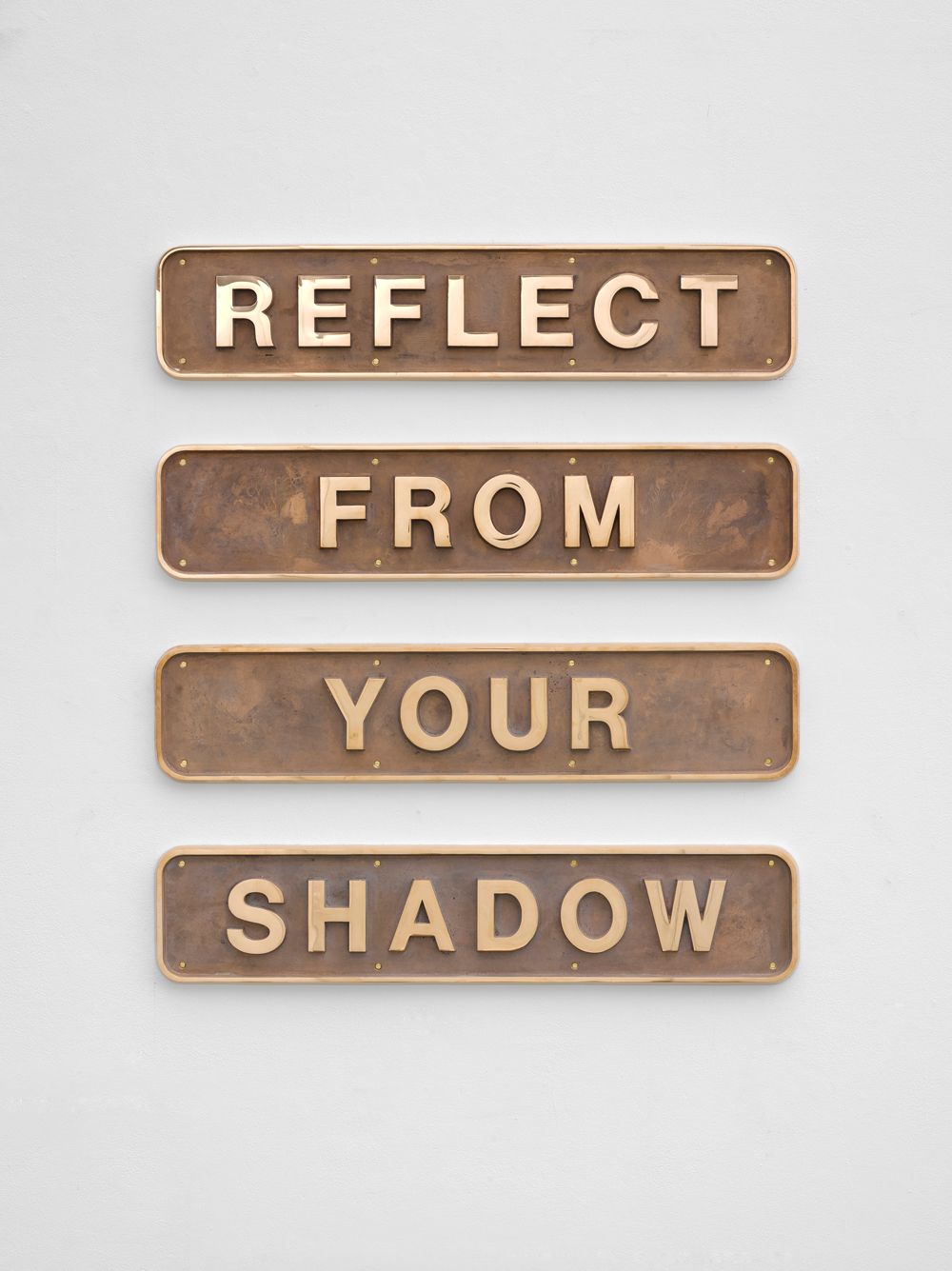
The Whitechapel Gallery is contributing to the commission with a piece by Chantal Joffe, A Sunday Afternoon in Whitechapel, to be displayed at the Whitechapel station. Can you tell us more about the work?
We invited three world class artists to consider making a permanent commission. Chantal Joffe had looked at a variety of precedents ranging from the decorations of public space in the ancient world, right through to Matisse’s murals and the New York subway friezes by Nancy Spero. She proposed a series of monumental portraits that would immortalise the people of the East End.
What is it about A Sunday Afternoon… that made you say “this is the one”?
Looking at the dominance of monochromatic steel, glass and concrete in the architecture of the stations, we were irresistibly drawn to the vibrant colours and the humanity in Chantal Joffe’s enamelled collages. It is also very rare to see painting in the public realm. The graphic lyricism of her ‘cut outs’ and the optical punch of her solid colours deliver a powerful visual impact that we feel will look fresh in a hundred year’s time.
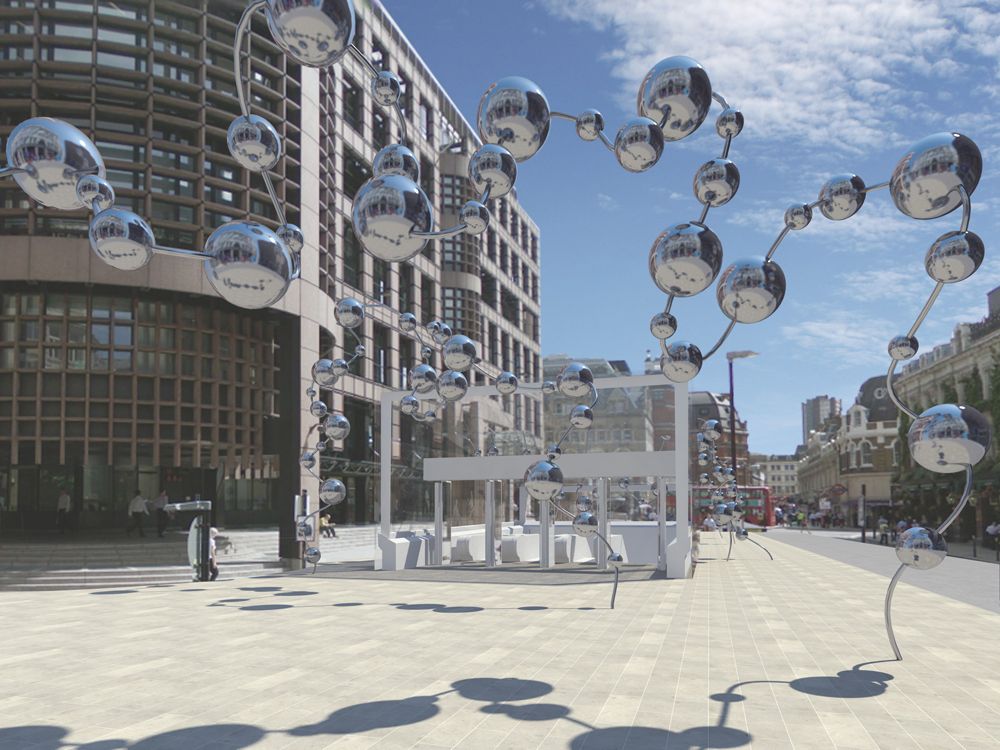
Besides Chantal Joffe, who are the artists featured in Art Capital?
Our exhibition miniaturises seven stations on the Elizabeth line running west to east. Inspired by our crazy weather and the legacy of Constable and Turner, American artist Spencer Finch has created an elegiac cloudscape at Paddington Station that will inspire commuters to momentarily stop and look up. We then proceed to Bond Street station where British artist Darren Almond uses the style of mechanical train timetables and the boiler plated plaques of the great locomotives to create haikus about arrival and departure.
Then we head east to Tottenham Court Road where Douglas Gordon‘s twinkling neons are a film noir evocation of the bars and strip clubs of night time Soho. By contrast Richard Wright, in the style of the Renaissance fresco painters, will install a delicate tracery of gold leaf on the great canopy above the escalator shafts.
A key feature of contemporary art is the site specific. Simon Periton’s beautiful glazed work for Farringdon Road combines the glittering facets of the diamond cutters at Hatton Gardens with the wrought iron fretwork of the Smithfield meat market. Next we arrive at Liverpool Street Station and the work of Japanese artist Yayoi Kusama who has transformed her signature polka dots into spheres that will connect like molecules to form a sequence of 4 metre high arches across a public piazza.
British artist Conrad Shawcross takes sound as his metier – he has calculated the shape that sound makes and transformed sonic waves into matter with a sculpture that has the energy of small tornado. Locally based artist Chantal Joffe’s monumental and vivid portraits of East Enders will appear on the east and westbound platforms of Whitechapel Station.
Beneath our feet is not only the tube but a vast nervous system of pipes, cables, tunnels and walkways that convey energy and allow us to travel below ground. Israeli born Michal Rovner makes that visible in her hypnotic kinetic mural where thousands of human beings move in unison against the backdrop of London’s iconic horizon.
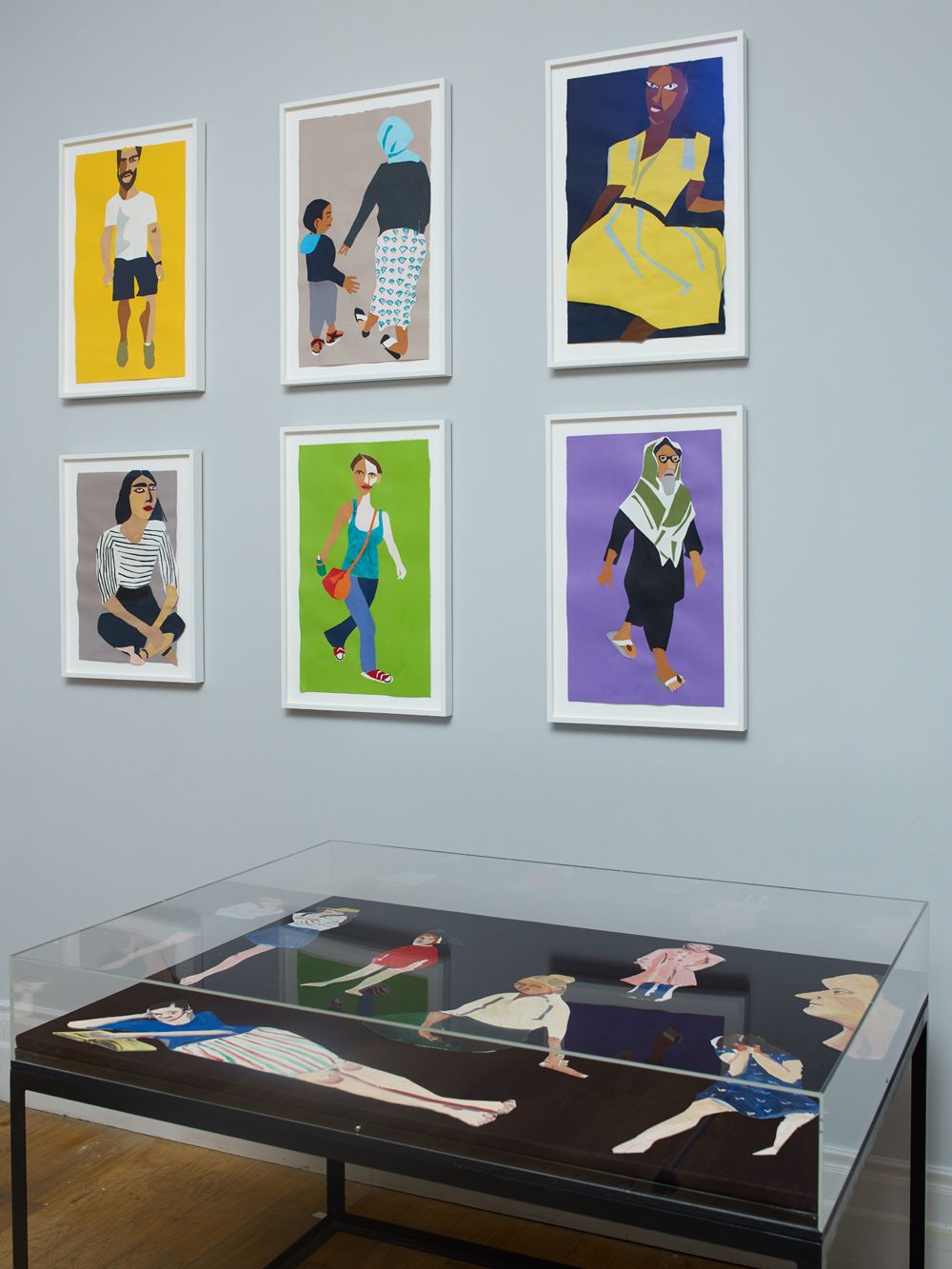
Besides exposing a new, diverse generation to Contemporary Art – what other benefits do you see as a consequence of The Crossrail Art Programme as well as general public art commissions?
This incredibly ambitious project – the most significant public art commission of our age – brings art to the people. As our passage through the city speeds up, each work of art slows us down, inviting us to reflect, contemplate, enjoy. I recently came across a beautiful quote from Goethe, someone who thought deeply about art. He said, ‘thinking is more interesting than knowing, but less interesting than looking…’
In your view, what role can art – and art institutions, e.g. the Whitechapel Gallery – play in bridging various sectors of an urban, multicultural society?
The paintings of Chantal Joffe are a microcosm of the extraordinary cosmopolitanism that makes London a crucible for creativity, invention and culture. The portraits she has created suggest community based not on age, or class or ethnicity but on being citizens, or art lovers or instagrammers or Sunday-strolling-down-Whitechapel-High-Street-lovers.
Art Capital: Art for the Elizabeth Line will run at the Whitechapel Gallery until 6 May 2018
Words and interview by Jacopo Nuvolari



